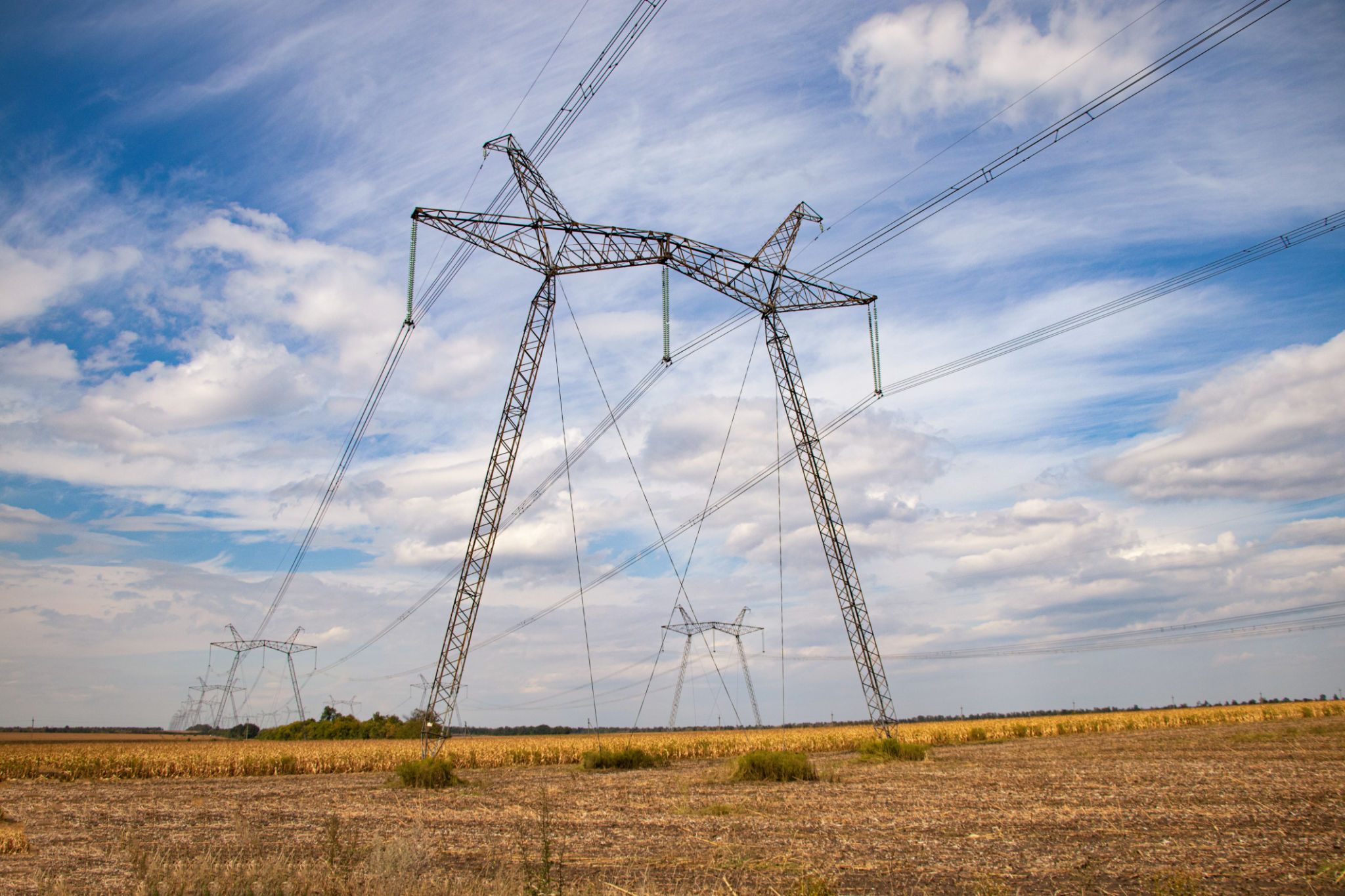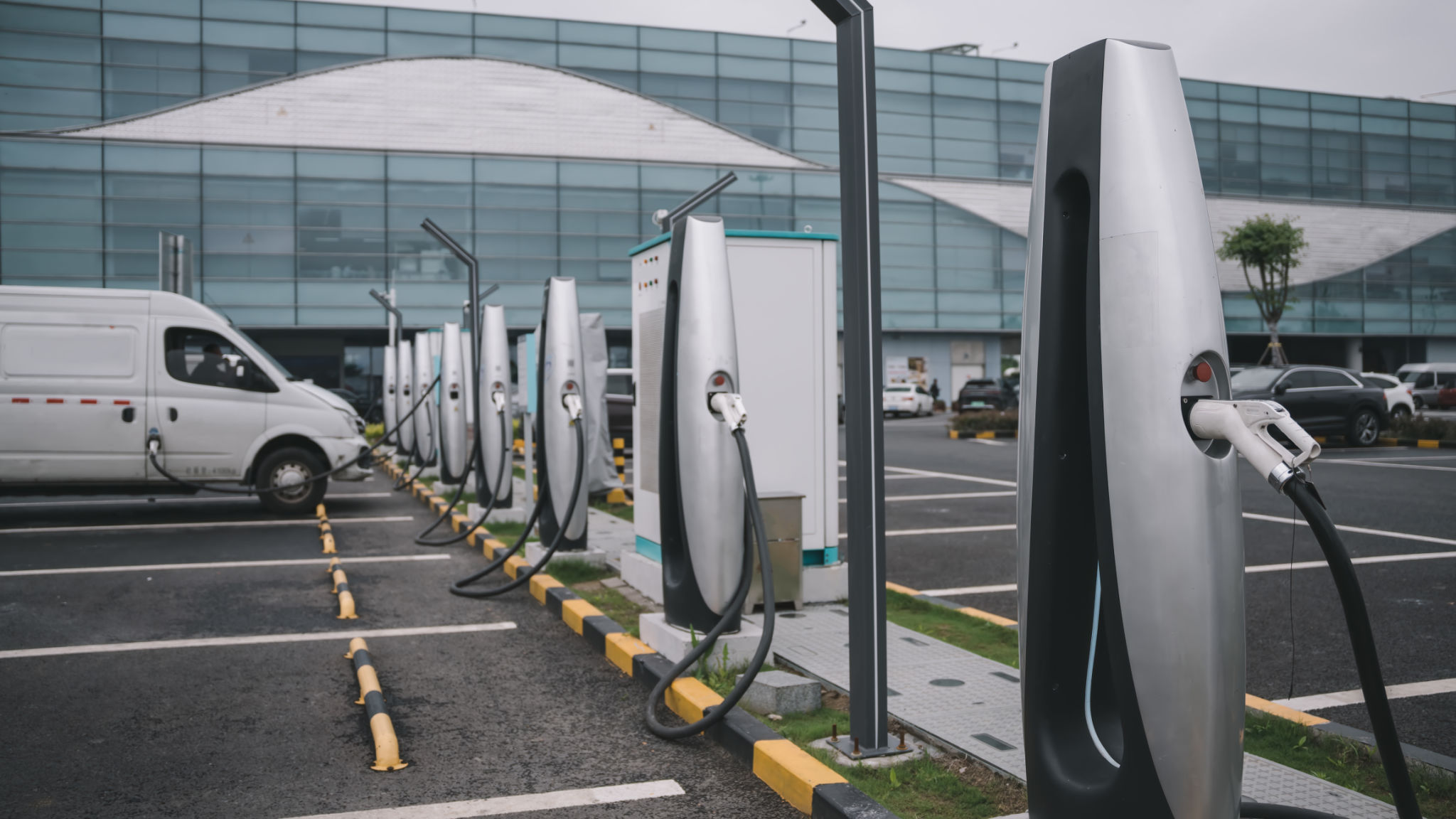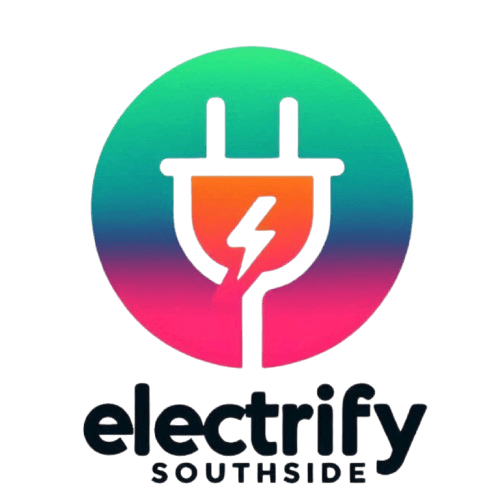How Electrification Efforts in Victoria Are Transforming Communities
Introduction to Electrification in Victoria
Victoria is undergoing a remarkable transformation as electrification efforts sweep across the region, reshaping communities and enhancing quality of life. As part of a broader commitment to sustainability and innovation, these efforts are not only modernizing infrastructure but also paving the way for a cleaner, greener future.

The Push for Sustainable Energy
At the heart of Victoria's electrification efforts is a strong push towards sustainable energy sources. By investing in renewable energy technologies such as solar and wind power, the region aims to reduce its carbon footprint and decrease reliance on fossil fuels. This shift not only benefits the environment but also supports the local economy by creating new jobs in the renewable energy sector.
One of the key components of this transformation is the development of smart grids. These advanced systems allow for more efficient distribution of electricity, minimizing waste and optimizing energy usage across communities. This innovation ensures that energy is used where it is needed most, enhancing reliability and reducing costs for consumers.
Impact on Local Communities
The electrification efforts in Victoria are having a profound impact on local communities. By transitioning to cleaner energy sources, residents are experiencing improved air quality and reduced pollution levels. This contributes to better health outcomes and a higher quality of life for all citizens.

Moreover, electrification is enabling communities to become more resilient in the face of climate change. With increased access to renewable energy, households and businesses can better withstand extreme weather events and other disruptions, ensuring continuity and security.
Transportation Revolution
The transportation sector is another area where electrification is making significant strides. Victoria is witnessing a growing adoption of electric vehicles (EVs), supported by an expanding network of charging stations. This transition is crucial in reducing greenhouse gas emissions from transportation, one of the largest contributors to climate change.
The push towards electrified public transport systems also plays a vital role. By investing in electric buses and trains, Victoria is not only reducing emissions but also providing residents with cleaner and more efficient modes of transportation. This shift encourages more people to use public transit, further decreasing traffic congestion and pollution.

Challenges and Opportunities
While the electrification efforts in Victoria present numerous benefits, they also come with challenges. The initial investment required for infrastructure upgrades can be significant, necessitating careful planning and allocation of resources. Additionally, ensuring equitable access to new technologies for all communities remains a priority.
Despite these challenges, the opportunities are vast. By embracing electrification, Victoria is positioning itself as a leader in sustainable development and innovation. The region's commitment to a greener future is setting an example for others to follow, demonstrating that it is possible to balance economic growth with environmental responsibility.
Conclusion
In conclusion, the electrification efforts in Victoria are transforming communities in profound ways. From cleaner energy to efficient transportation systems, these initiatives are shaping a sustainable future for the region. As Victoria continues on this path, it serves as a beacon of innovation and commitment to environmental stewardship, inspiring other regions to follow suit.
